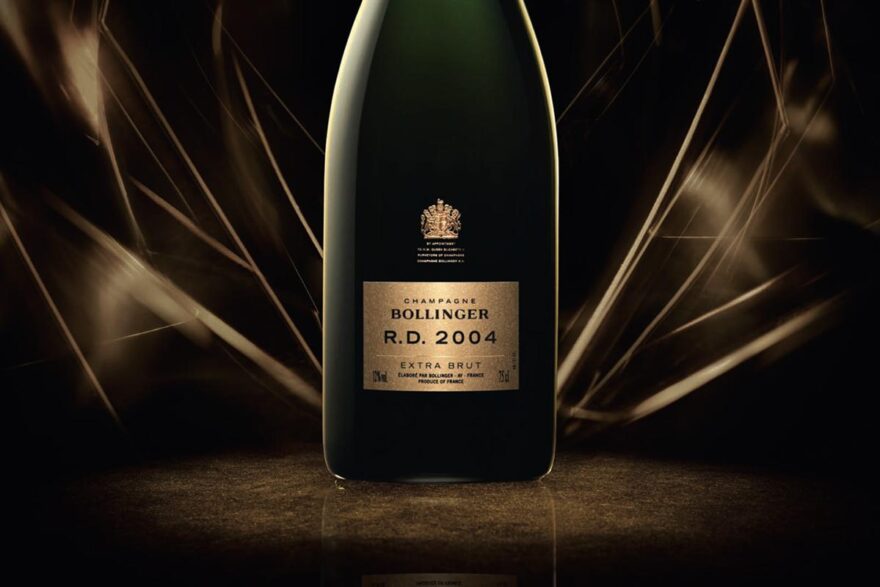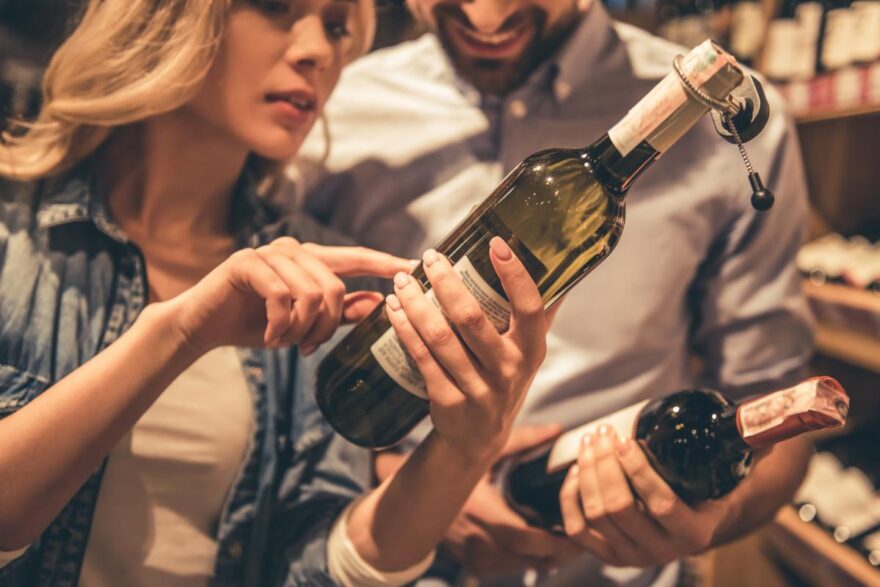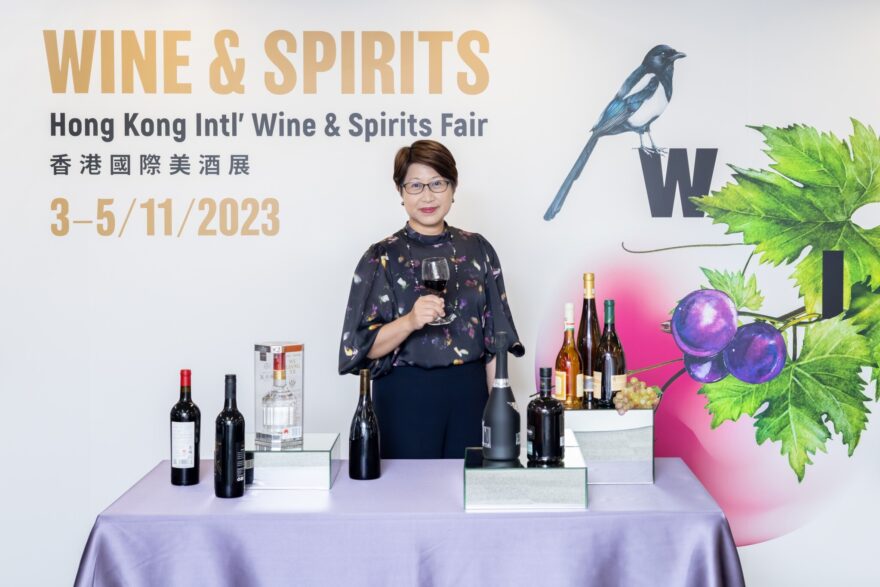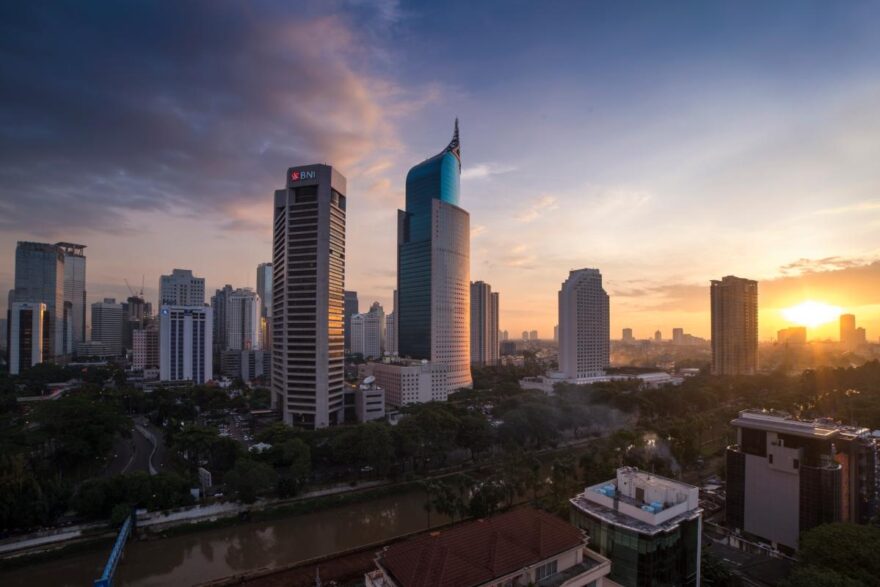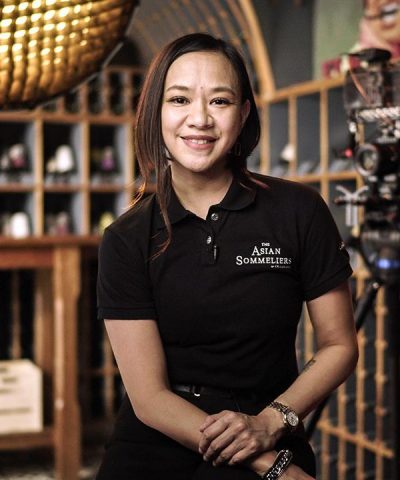How to Age Wines: Ageing potential for different wine styles
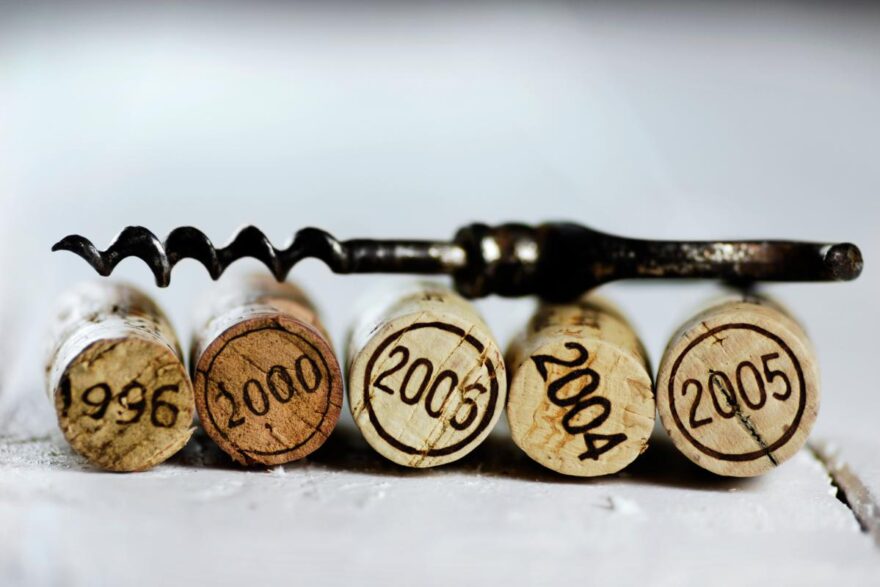

According to conventional wisdom, wine improves with age. This is often, but by no means always, the case. There are many styles of wine which are meant to be consumed young and fresh, without additional ageing after purchase.
So how do we know which wines can be aged and how long to age them? A good rule to remember is that a wine needs to be complex to age well. Generally these wines have spent at least some time in oak, which adds structure and softens the tannins in red wines. Certain grapes may lend themselves better to ageing, due to high levels of tannin, acid, aromatics, etc. The more different aspects there are to a wine, the more it has the capacity to develop with time. If a wine is very simple, it should be drunk straight away, as it will not change much with time and may in fact get worse.
So let’s look at some of the different types of wine that can age well, and how long we should keep them before opening.

Pinot Noir
Burgundy
Burgundy reds can age for decades due to the intense aromatics, high levels of acid, oak ageing, and structure within the wines. The exact amount of time one should age the wine depends on the vintage and the exact appellation in question, but as a rule of thumb one should age Village level Burgundy reds for 2-5 years, Premier Cru level for 5-15 years, and Grand Cru Burgundy for 10-25 years, or longer in some cases.
Oregon
Oregon is known for producing Pinot Noir wines that closely resemble the Burgundian style, but in general I find these wines much less ageworthy than their French counterparts. Oregon Pinots may benefit from up to 3 years of ageing, but after this time the acid levels start to drop and the wines may taste overripe. One exception would be the producer Dusky Goose, whose wines are only released after several years of ageing, and start to open up after about 4 years.
Cabernet Sauvignon
Bordeaux
Similar to Burgundy, the ageing potential of Bordeaux wines is very dependent on vintage, appellation, and quality level. The Bordeaux Superior wines, as well as certain Right Bank appellations such as Saint Emilion, tend to develop faster and are ready to open sooner than the classified growths. In general, give less expensive Bordeaux Superior wines a couple years of ageing, while many 3rd, 4th, and 5th Growths require 5-10 years of ageing to be accessible. The First Growths of Bordeaux, some of the most expensive wines in the world, should be aged 10-15 years at least, and many will benefit from even lengthier ageing periods due to their intense tannins, high acid, and density.
California
Cabernet Sauvignon from California is an intense and powerful wine, but generally requires less ageing than Bordeaux wines due to the warmer climate. The warmth helps ripen the grapes fully and softens the tannins, so that these wines can be opened and appreciated within 5-10 years. Of course the wines will continue to develop even longer, 15-20 years are possible for some of the best producers, but they do not have the same acid levels and tannin structure as Bordeaux wines.
Chardonnay
Burgundy
As with Burgundy red wines, the ageing potential of the region’s whites is determined by the vintage and quality level of the wines. In general, white wines have less potential for ageing than reds, but the whites of Burgundy are special in this regard. Grand Cru white wines from the area, and the wines of Chablis in particular, can age for 10-15 years and even longer. It is crucial that the wines have very high levels of acid to sustain long ageing, so whites from a cooler vintage are better for ageing.
California
California Chardonnays in general do not benefit from extended periods of ageing because of their warm climate provenance. The acid levels in these wines are not high enough and they undergo intense malolactic fermentation to achieve the buttery style for which they are known. I do not really enjoy most California Chardonnays with more than 4-5 years ageing, even from well known producers.
Sangiovese
Chianti
Many people think of Chianti as a cheap table wine, made for immediate consumption, but wines from Chianti Classico, especially Riserva or Gran Selezione wines, are extremely well made wines that have at least medium-term ageing potential. The Sangiovese grape naturally has high levels of tannin and acidity, but the extra time spent in oak for the upper tiers of Chianti production really gives the wine a longevity that simpler Chiantis don’t have. Keep a well made Chianti Classico Riserva for 10-15 years, depending on the vintage, and G.S. even longer. Tertiary flavors will develop that add a savory, rustic quality to the underlying fruit.
Brunello di Montalcino
Another Sangiovese expression, a good Brunello di Montalcino requires at least 10 years of ageing to be accessible, and undergoes a minimum of 2 years ageing in oak. The intensity of aromas and often aggressive tannins soften out to a beautiful array of potpourri, dark chocolate, and nutty flavors, while the tannins maintain elegance and structure, without being too assertive. An aged Brunello is truly a drinkable art-piece.
Nebbiolo
Barolo
This is one of the few wines that I won’t even attempt to drink until it has had time to age. A young Barolo has searing acidity and tannins which will strip your palate. Most Barolos would benefit from at least 10-15 years of ageing before opening, though not all collectors have the space to age wines this long. The best will fully develop only after 20+ years. If you open a young Barolo, make sure to serve it with food, which can help soften the intensity.
Barbaresco
The next-door neighbor of Barolo, Barbaresco is made with the same Nebbiolo grape, but is generally slightly softer than Barolo. Remember, I said slightly! This wine still requires some significant ageing to fully showcase its potential and reveal all of its nuances. Tannin levels are a bit lower in Barbaresco than in Barolo, but these wines still benefit from at least 7-10 years of ageing before opening, and will continue to evolve for decades.
Syrah/Shiraz
Rhône Valley
These wines are made of a blend of predominantly Syrah, Grenache, and Mourvèdre, though proportions vary depending on the appellation, and Northern Rhône wines may be 100% Syrah. Ageing capabilities will depend on the quality level, and whether the wines are from the Northern or Southern Rhône. Wines from the South are often ready to open after 3 or 4 years, whereas the Syrah-dominant wines from the North can require 10 or more years to fully reveal their potential, especially those from legendary producers.
Australia
Though Australian Shiraz is the same grape as French Syrah, the ageing potential is generally lower. Most Australian Shiraz is meant to be consumed young and fruity, and will not improve beyond 5-7 years. The exceptions are certain premium producers’ wines, particularly from the Barossa Valley, whose wines can ideally be cellared for 10 years, and in the best vintages will keep for many years beyond that.
Tempranillo
Rioja
Wines from Rioja have already undergone extensive ageing prior to release, but will also keep for many years in your cellar, particularly those at the Reserva and Gran Reserva levels. Due to the ageing process and extended time in oak, I find that Rioja wines evolve towards strong tertiary flavors of earth, dried leather, dried herbs, and some nuttiness. The tannins are soft and rich, and the wines are smooth. If you prefer more fruit-forward wines, drink your Rioja young, but it gains in complexity for 10-15 years in general, and a great Gran Reserva will evolve for 20 years.
Ribera del Duero
The “other” style of Tempranillo in Spain, the wines from this region are overall denser, chewier, and more richly fruity than Rioja wines. Ageing potential is much the same, and Ribera del Duero wine also undergoes extensive cellar ageing before release, but the wines develop differently. The wines from this region retain more of their fruit profile and gain in power over time, while Rioja softens more with age.
Sauvignon Blanc
Bordeaux
Traditionally, white wines from Bordeaux contain a blend of Sauvignon Blanc and Semillon, and receive some ageing in oak barrels. This extends the ageing potential of these wines, which will gain in complexity for 5-10 years and beyond. In exceptional vintages, exceptional producers can make wines that will age for decades, but the wines develop much more nutty flavors, very appreciated by certain collectors.
California
California Sauvignon Blanc comes in a range of different styles, and the ageing potential will depend on the style in question. Some are blended with Semillon and touched by oak, which extends their ageing potential, while others are all fresh citrus fruit and grassiness, meant for more immediate consumption. For these wines, it is hard to generalize, and one should pay attention to the producer and technical winemaking style to ascertain how long to wait before opening the wine.
New Zealand
Sauvignon Blanc from New Zealand is most appreciated for its zippy freshness and bright acidity, and is not suited for long term ageing. You will likely be quite disappointed if you open a 5-year-old bottle of New Zealand Sauvignon Blanc. Consume young and chilled for maximum flavor!
This is just a start to the complex study of ageing wine, but hopefully this gives you an idea of ageing potential for the most common wine styles. As you continue your journey in consuming and ageing wine you will start to develop your own feeling for the amount of age that you prefer on certain types of wine, because it’s also a personal preference. Try buying multiple bottles of a wine and opening a bottle at several different stages of development to see at what point you enjoy it the most. Happy tasting!
